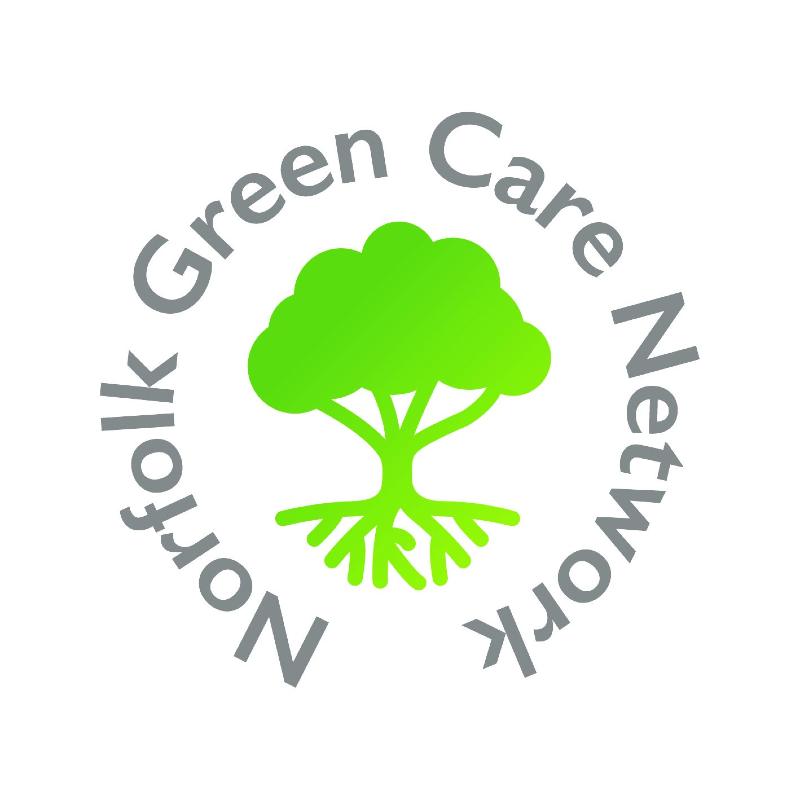Join me in the movement to connect children and nature
Richard Louv, The New Nature Movement

Back in June, The New York Times ran this headline: “Nature Deficit Disorder is Really a Thing,” adding, “Children’s behavior may suffer from lack of access to outdoor space, a problem heightened by the pandemic.” The Times got that one right, and we appreciated it.
One of the pleasures for those of us who work with the Children & Nature Network (C&NN) is that we get to meet so many people whose lives and communities have been changed through our shared cause.
We hear from parents who have witnessed the power of nature to help reduce their children’s symptoms of Attention Deficit Disorder and, for some parents, help fight their own depression. We’re inspired by parents who have launched nature clubs to help families get a regular dose of “Vitamin N”—and of course, we meet children. We’ve seen their eyes light up in the presence of a mud puddle or a frog or a star.
We’ve encountered young college students inspired by the children and nature movement to pursue careers in environmental education, outdoor recreation and nature therapy.
We’ve spent time with countless teachers who talk about the impact of outdoor learning and play on their students. As one teacher told me, “When I take my students outdoors, the troublemaker in the classroom becomes the leader in nature. Not just better behaved, the leader.”
Through C&NN’s efforts, and the good work of other organizations, the green school yards movement is transforming the school experience, not only for thousands of students but for community members who help create and enjoy these new outdoor spaces. The payoff: healthier families, improved test scores, resilient communities.
“In a few short years, we’ve seen this movement spread around the urbanizing world. This may, in fact, be one of the most effective social movements of our time.”
It’s a movement based on a rapidly growing body of research on the benefits of nature connection for physical, mental and cognitive health. When I was writing Last Child in the Woods, published first in 2005, I could confidently cite about sixty studies, pursued by a handful of pioneering researchers. Today, C&NN has assembled an online research library, available free to anyone in the world, offering abstracts of over 1,000 studies, with more added every month.
Now comes COVID, and with it, recognition of what people knew during past pandemics. Outdoor spaces, including outdoor classrooms, can offer more protection from viral contagion and from depression. The pandemic, as tragic as it is, has dramatically increased public awareness of the deep human hunger for nature connection.
Even before we began socially distancing, health professionals worried about an epidemic of human loneliness, which, along with smoking and obesity, is a high-risk factor for early death. Today, families, stressed by fear of the virus, facing economic uncertainty and hardship, find themselves cut off from their usual social circles. They have turned to nature for solace and connection.
Families have rushed to foster pets and they have forged a stronger bond with the animals right outside their windows. In a July op-ed for the Los Angeles Times, I wrote about a woman whose daughter had a strong attachment to a screech owl that lived in a tree outside a bedroom window. Long before the coronavirus, the owl disappeared one day. A few weeks ago, when her family was feeling particularly anxious, her daughter suddenly brightened and shouted, ‘The owl’s back!’” Her young son now rises early to watch the owl, “and the owl watches him,” his mother reports. For this family, nature connection brings “an awareness of something greater.”
No matter what our age, when isolated and on our own, we find ourselves yearning for a horizon of trees, wind across a prairie, and for our extended family of animals.
